An interview with Justin Calverley, author of The Urban Farmer

Ever dreamed about ditching city life to grow your own veggies in the country? Well, you’ll be happy to know you don’t have to relocate to fulfil your green-thumbed dreams. We caught up with horticulturist Justin Calverley, author of The Urban Farmer, about his own journey into horticulture and how all of us can start growing our own little patch, whether we’re a city dweller or not.
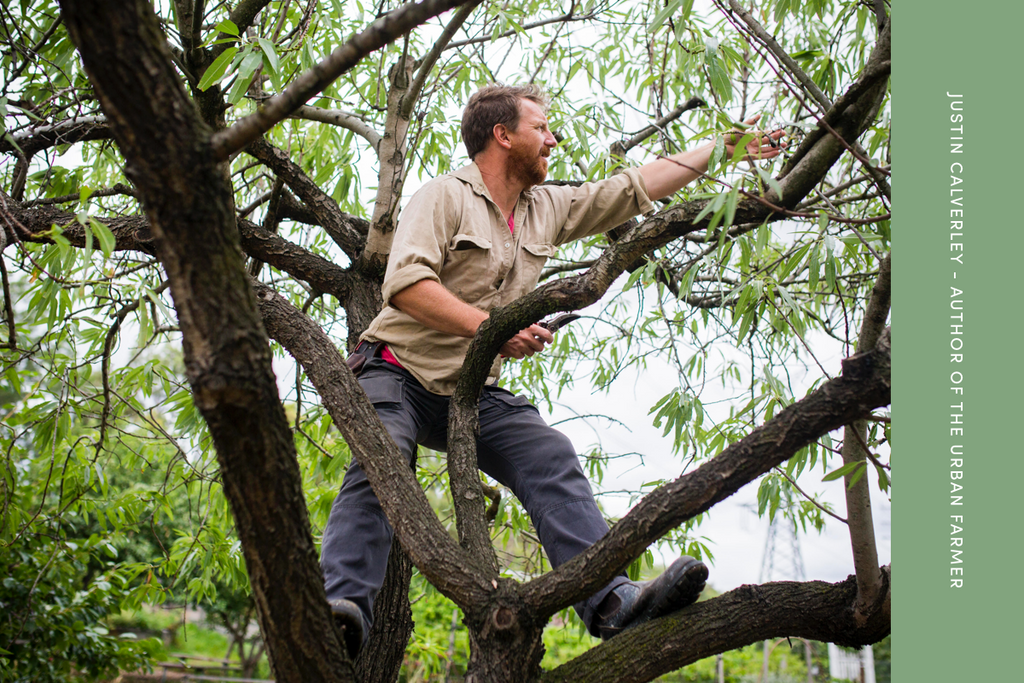
Hi Justin. Tell us about your life as a horticulturist.
My life as a horticulturist is fantastic. I earn my living by interacting with the natural world and sharing my experiences and knowledge with others. Horticulture by definition is "the care of plants" so all things involving plants is how I spend my days. I am very well aware of just how fortunate I am. Every day is filled with sensory experiences and wonder.
How did you get into the profession originally?
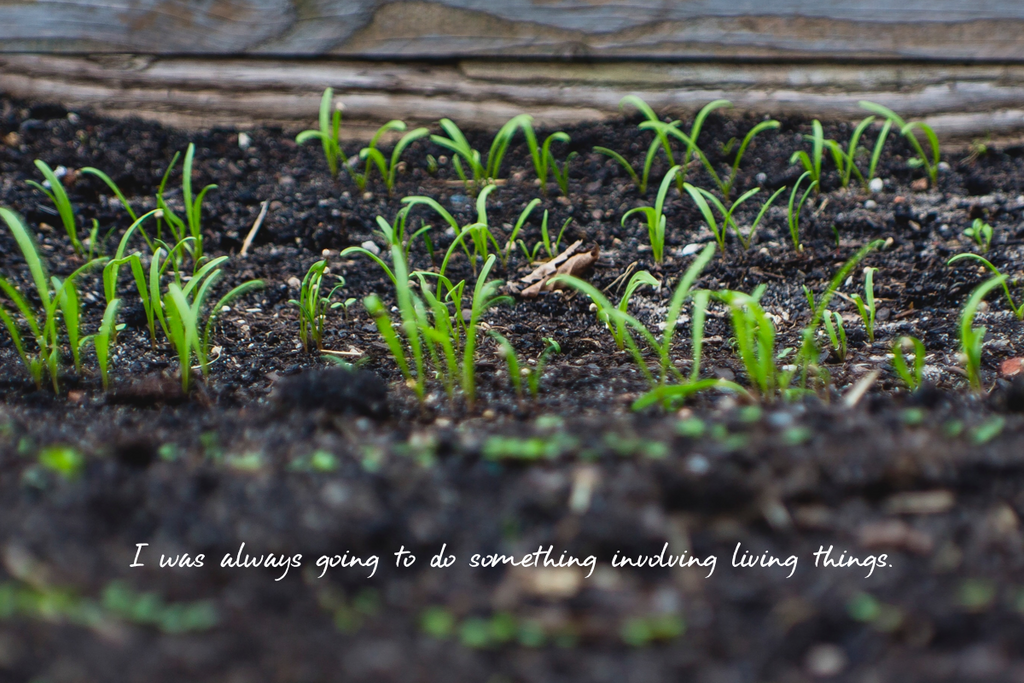
I was always an “outside” kid and the natural world I observed whilst just being outdoors always fascinated me. I was so curious as to how all these plants and animals and insects and fungi etc. all worked, so I was always going to do something involving living things.
After High School I wasn't keen on studying again so soon, so I sort out casual labouring jobs with various landscapers. I really enjoyed learning the construction side of the industry but plants were always my favourites. From there I tried to gain experience in as many fields within the industry whilst also going on to study in each of those fields. They included general Horticulture, Landscape Design, Permaculture and Training.
What tips would you give to someone who would like to follow a similar path?
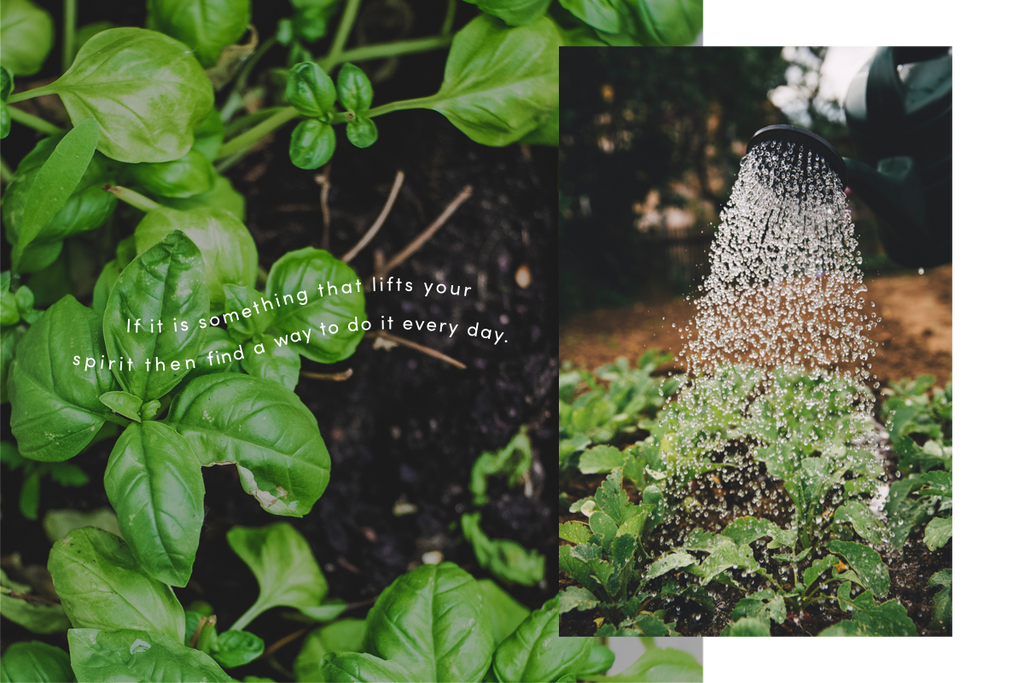
Cliche I know, but it's all about passion and interest. If it is something that lifts your spirit then find a way to do it every day. If that ends up a way of generating an income then even better. If not, you will still be rewarded in wellbeing and vitality.
I just followed my simplest gut feeling of acknowledging that I am most comfortable and happy when I'm in nature. The rest was discovery and jumping at new opportunities as they were presented.
Tell us about your book, The Urban Farmer.
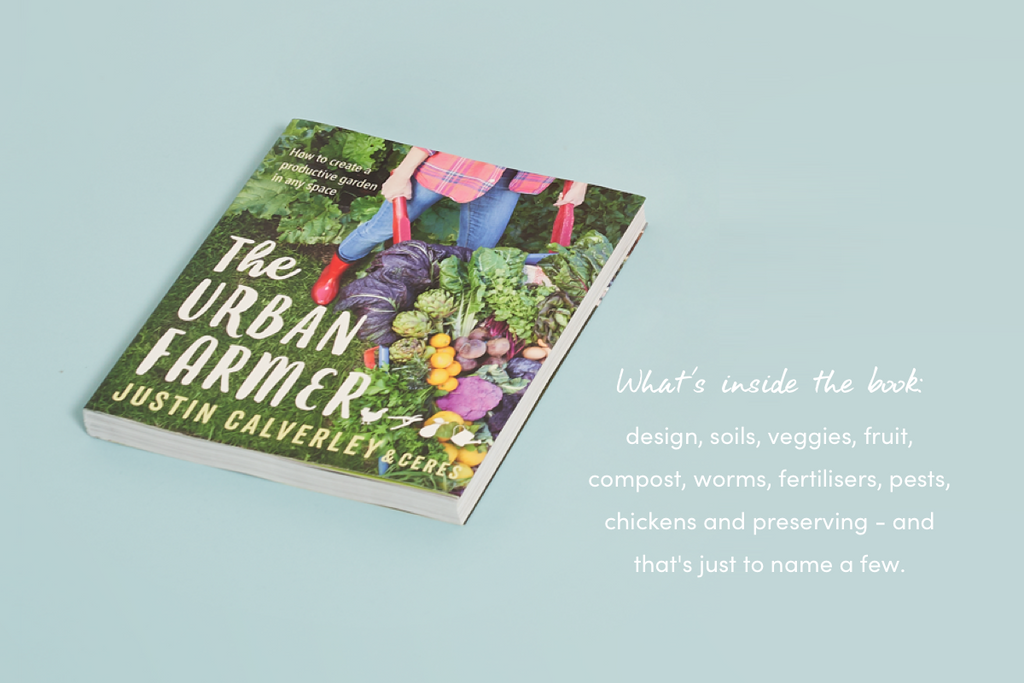
The Urban Farmer resulted from a 14-session course that I teach at Ceres Environmental Park in Melbourne. The course aims to provide people in built-up areas with the tools to produce yields on any scale. All methods are organic and the course focuses on all aspects of sustainability.
The course and book aim to give beginners to intermediate gardeners a “how to create your own Garden of Eden” per se. It covers everything from design, soils, veggies, fruit, compost, worms, fertilisers, pests, chickens and preserving and that's just to name a few. It was a lot of work but something I am proud of.
Many city dwellers dream of moving to the country and living off the land. How viable is it to grow your own sustainable fruit and veggies in the city?
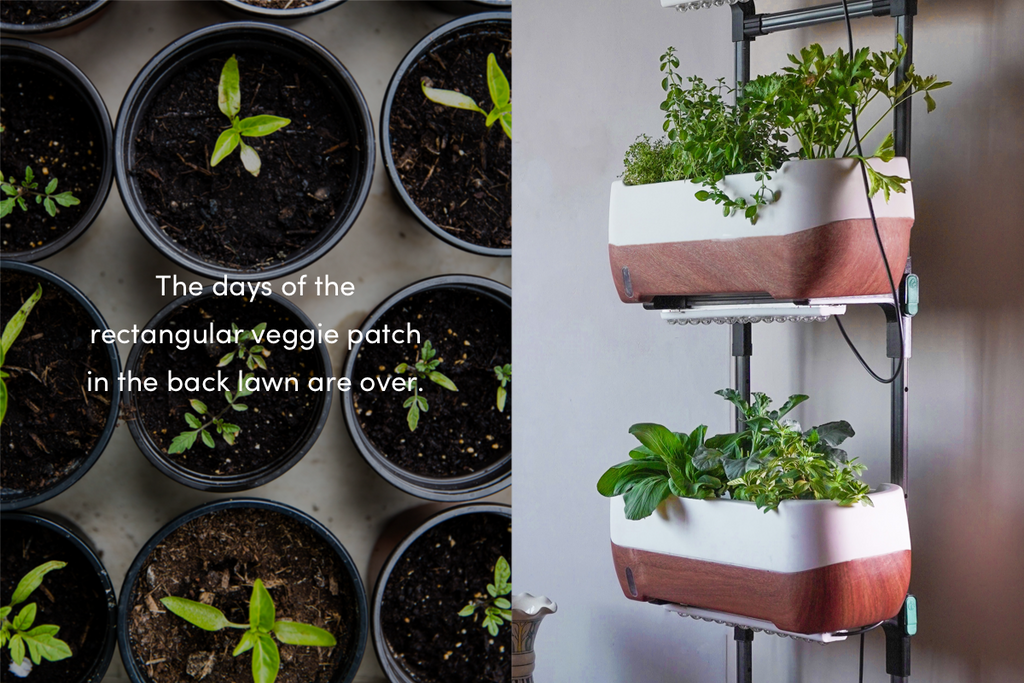
It is absolutely viable to grow great yields in the city. The biggest mistake city gardeners make is by only using the horizontal square meterage of their garden. Plants and animals occupy a three-dimensional world, so if city gardeners calculated the full volume of their space they would be astounded as to how much they could grow and harvest.
Vertical gardens, polyculture practices in pots and plant stacking are all ways in which city dwellers can produce substantial yields. The days of the rectangular veggie patch in the back lawn are over. We know much better strategies now, which is great.
What are your favourite things to grow and why?
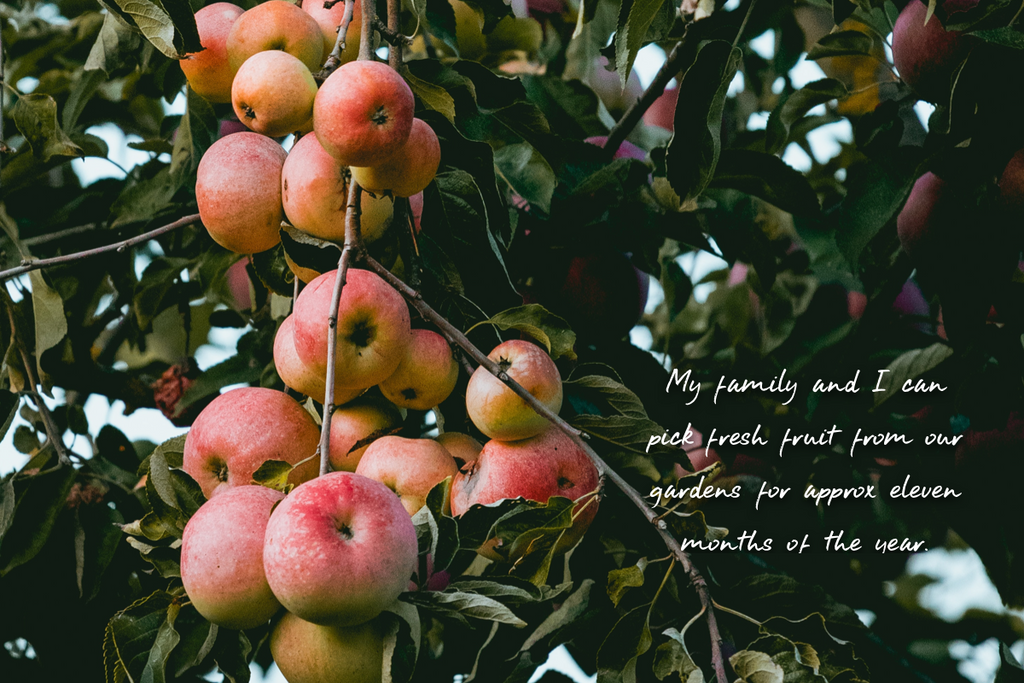
Fruit trees are my favourite things to grow – I’m somewhat of a collector of apples I'll admit. At home, we have many fruiting trees and due to multi grafting, somewhere around 50 varieties. We can harvest hundreds of kilos per year just from these trees. My family and I can pick fresh fruit from our gardens for approx 11 months of the year. October is the gap I am working on at the moment.
Some of the trees I have had since the old share house days, and now some 15 odd years later finally going into a permanent spot in my gardens. Trees are vital oxygen producers for us too, as well as being home to so many other creatures. Apart from all those great traits, they also provide nectar and fruit to those that visit them, including us. Trees require way less maintenance than veggies and the yields are massive. Plant more fruit trees, folks.
Tell us about the nine-week course you offer, Introduction to Horticulture.
The Intro to Horticulture 9 session course I conduct at Edendale Farm in Melbourne is a beginner course to inspire people who have little-to-no knowledge of the horticulture industry to find out more. It provides them with some insight into all the many fields of horticulture and covers current practices in soils, pest and disease management, food production, as well as some basic botany and design to name a few. It's a great course for those curious as to whether horticulture is something worth pursuing as a career.
Talk to us about your own horticultural business, Sensory Gardens.
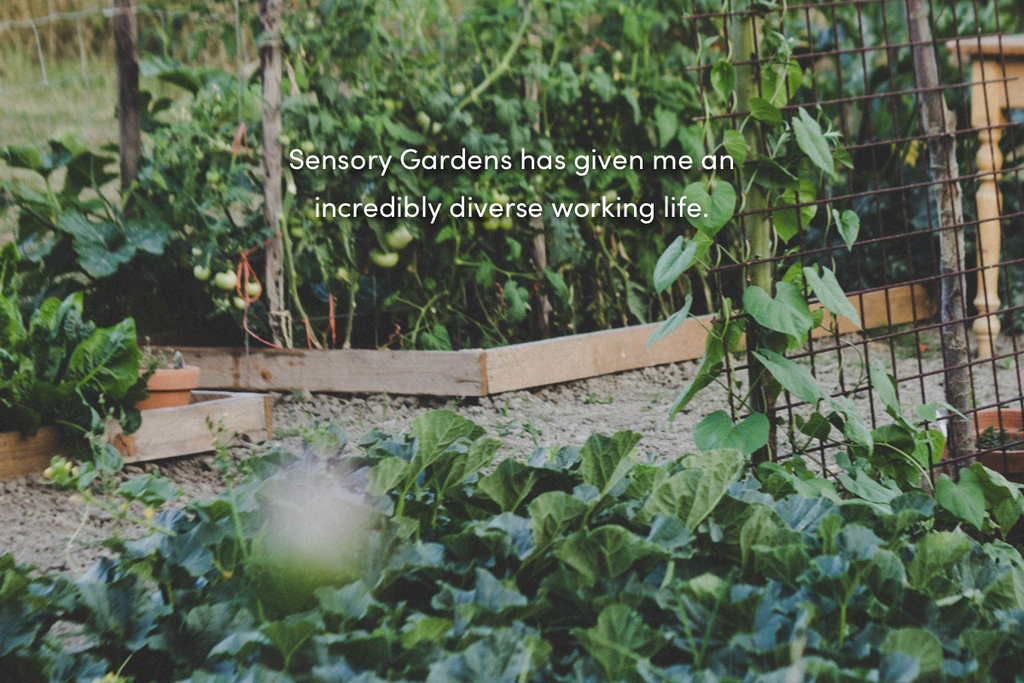
I started Sensory Gardens 20 years ago. I had worked for many other people in various horticultural fields for over 10 years and had studied along the way. I just felt at that time I had acquired the skills and knowledge to go out on my own and provide people with my take on what I had observed and learned.
Initially, it was a construction business which then grew to include design, consulting and education. I have also been fortunate enough to add various TV and radio roles to my resume. I am just as comfortable working in the commercial world as I am the domestic. The natural world does not differentiate, so neither do I.
These days I have hung up the tools (I got old) and spend my days consulting, designing and presenting. I now find myself being asked to contribute to projects all over the state, which is so stimulating. On any week I could be consulting on a rural property, then a city rooftop, then teaching at various locations, spending a day at home designing and throw in a radio segment. Sensory Gardens has given me an incredibly diverse working life.
Outside of being a horticulturist, how else do you go about living an eco-friendly lifestyle?
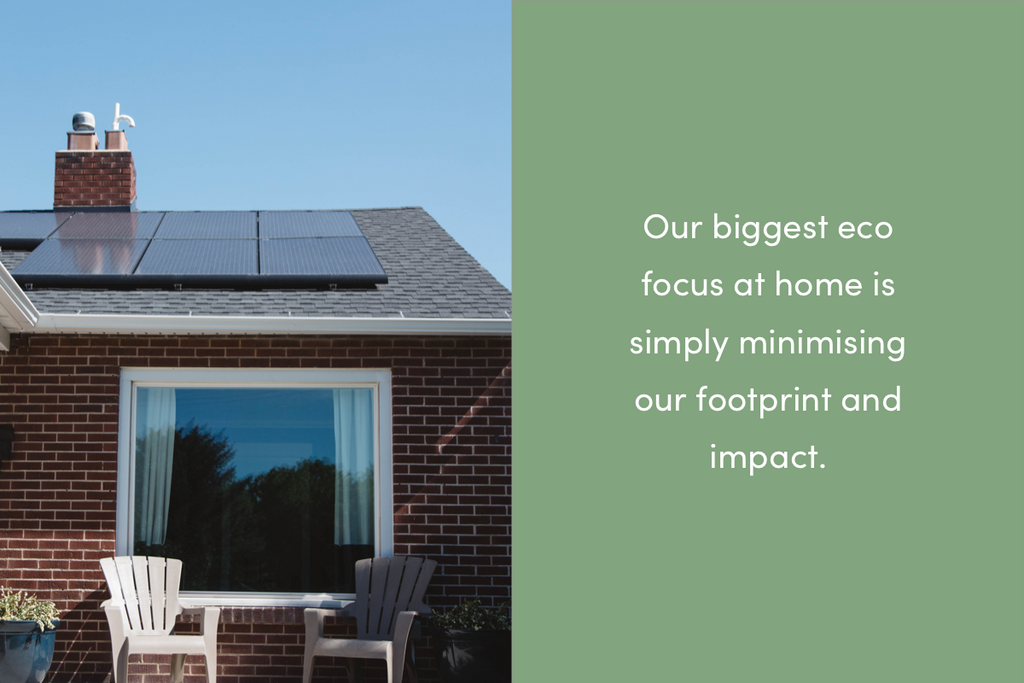
Our biggest eco focus at home is simply minimising our footprint and impact. No one is perfect but we try our best. We have solar power and are very conscious of how we use electricity. Water usage is also something we monitor closely at home (my kids don't mind skipping a bath every so often). We minimise car usage, avoid packaged goods and are constantly talking about things we could do that would not impact on the environment.
Do you have anything exciting in the pipeline you'd like to share with us? Any fun plans for the summer holidays?
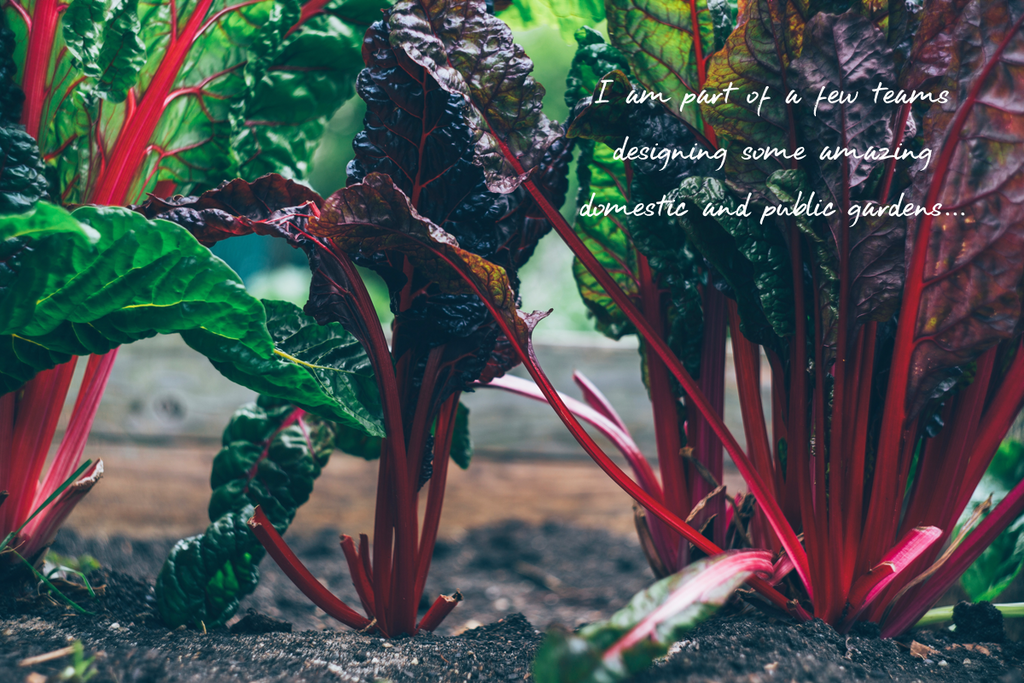
I can't share too much but I am part of a few teams designing some amazing domestic and public gardens that will become models for how we can feed our communities locally in the future. Big agriculture is a model that isn't sustainable, so we are trying to see if the village model can be re-designed for modern times and needs.
Summer holidays are spent either camping by a river or holidaying at a family beach house or both! Kick off the shoes, stop caring about what you’re wearing and just hanging out laughing with family and friends in our magnificent natural environments. That's where the best memories are made for me.
All photography by Tim Turnbull
Fancy winning a copy of Justin Calverley's book, The Urban Farmer? Enter our Giant Green Gift Giveaway now to be in for a chance! Ends 11th Dec, 11:59PM AEDT. Terms apply.
You may also like

Interviews
An Interview with Tracy Bevan From the McGrath Foundation
Everyone needs a friend like Tracy Bevan. Her official title is McGrath Foundation Ambassador and Director. However her favourite title is Jane McGrath’s best friend. As a community partner with the McGrath Foundation, we had the honour of getting to know her. What is your role at the McGrath Foundation? Tracy Bevan, McGrath Foundation Ambassador & Director. My favourite title is Jane McGrath’s best friend. I helped set up the McGrath Foundation in 2005. As a Director and member of the staff of the McGrath Foundation, I spend most of my time engaging and connecting with the community to raise awareness about the vital role the McGrath Foundation plays in funding McGrath Breast Care Nurses in the community. Tell us a bit about the McGrath Foundation and why it was founded? The McGrath Foundation was co-founded by Jane and Glenn McGrath. Jane’s public experience with breast cancer and the impact of her own breast care nurse set her commitment and the mission for the Foundation: to ensure that every family experiencing breast cancer would have access to a McGrath Breast Care Nurse no matter where they lived – for free. The McGrath Foundation now funds 171 McGrath Breast Care Nurses in communities right across Australia, who have supported over 100,000 families since 2005. What is the role of McGrath Breast Care Nurses? A McGrath Breast Care Nurse is a specialised, registered nurse who acts as a patient advocate, for free. McGrath Breast Care Nurses help individuals and their families affected by breast cancer by providing invaluable physical, psychological and emotional support, from the time of diagnosis and throughout treatment. How can Australians support McGrath Breast Care Nurses? Breast cancer is the most commonly diagnosed cancer in Australia, so our McGrath Breast Care Nurses are needed more than ever. It costs around $140,000 to fund a McGrath Breast Care Nurse for a year including training and development. We need another 79 more McGrath Breast Care Nurses to ensure that no one misses out on care. There are many ways for Australians to support, whether it’s becoming a regular giver, becoming a corporate partner, hosting a pink fundraiser or volunteering at the Pink Test. For more ways on how you can support, visit mcgrathfoundation.com.au. What's your one message you want us to pass on women and men? 55 people will be diagnosed with breast cancer in Australia every day this year. It is important that we all take control of our own breast health and get to know what is normal! If you notice any changes don’t wait, book an appointment with your GPLearn more about the Mcgrath Foundation here. To learn more about how to check your breasts and signs to look out for, follow here.

Interviews
An Open Letter on Mother’s Day
A letter to the women who gave me life and the daughters I birthed into this world. All having an impact and shaping me into the woman I am right now; the mother, the daughter and the granddaughter. My daughters Millie bobby & Lakey Boh, words can't describe the way I feel about you both and the unconditional love that fills my heart knowing you are mine. One of my biggest dreams growing up was to be a mum; to fall in love, have a family and live a happy, healthy, well balanced life. I feel so blessed that my dream is now a reality. Falling pregnant with you both brought me so much joy and excitement.To experience life dancing inside my womb was magic and birthing you was one of the most amazing moments of my life. I thank my lucky stars you girls chose me to be your mum. I promise to be there for you and help guide you through life, but allow you to find your own path. I will teach you and encourage you both to live life to its fullest, dream big, stand strong for your beliefs, show kindness and love. Love life, love hard and love yourself. As girls who will grow into women, you may come across challenges, you may have your heart broken, you may question yourself, you may find yourself lost. Just know that I am here and you are capable of anything. My girls, I want you to know that You are beautiful You are smart You are worthy You are kind You are loved You are like no other You are you And that's truly all you need to be. My world lies with you. Forever your biggest cheerleader. I love you with every part of me. Love your mummy My mum,Thank you from the bottom of my heart for everything you've done and continue to do for me. Only now as a mum myself I truely understand. All the sleepless nights, the cooking to ensure we ate well, the cleaning and never ending laundry, personal taxi driver, unconditional love and the worrying that comes with the role. I feel so blessed to have you and our family. You worked so hard to give myself and my brother so much growing up and continue to give as I have my own family. I appreciate you, your giving nature and willingness to help when needed. From minding my girls, picking up groceries, cooking for us or giving a helping hand around the house. Now a Nonna to my girls, I thank you for your guidance. Millie adores you and enjoys her days with you. Nonna being one of her first words it was evident you had a big impression on her early on. Millie and Lakey are so lucky to have you and I'm so happy I get to watch your relationship with them. You areMy inspiration. My mentor.My friend . I love you To my grandma and Ma to my daughters,We have always just clicked; our love for arts and crafts, our love for a good chat, our love for outdoors and the ocean and our love for family. I've always felt special being your first grandchild and Pa's princess. I have so many good memories growing up at your house, outside playing with Ben (dog) or swimming in the pool. It was my second home and I loved it. You inspire me in many ways, You yourself, a mum of 6, it blows my mind. What a super woman you are. And now a grandma to 15 and a Ma to 2, such a big achievement. You should be so proud. You are a woman of routine, rain hail or shine. In the early hours of the morning you swim in the rock pool with your community of friends and fellow locals. I love this so much and enjoy telling others what a routine to have. What a way to feel alive within the ocean. Pure bliss. I'm so proud of you this last year after the passing of your loving husband, my pa. You are so loved by everyone around you and know I'm always here for you. I love you deeply Mother Nature,It seemed fit to include you in this letter as I have so much to thank you for. I am so blessed to have grown up and currently still live in a beautiful area called the Sutherland Shire. It is such an amazing area to live, grow up and watch my girls grow up in. After becoming a mother for the very first time, I was introduced to a natural way of living. Choosing plants over chemicals, choosing to become aware of ingredients and do research into the products my family use. Choosing safer natural alternatives where possible. Choosing health, wellness and happiness. Choosing to share my journey and build my community. Choosing to make a difference. The last 2.5yrs I have empowered myself and given my daughters a better start to life knowing I'm reducing their toxic exposure. I am connecting with like minded people and small businesses. It has been an eye opener and I am forever grateful. LoveLara Lara wears our Shaper Crop Bra and Classic Bikini. Shop now Follow Lara at @theessentialcoPhotos by @tashwhittyphotography

Interviews
An interview with Marlee Silva, Tiddas 4 Tiddas Founder
Marlee Silva, also known as the ultimate multi-tasker is the force behind Tiddas 4 Tiddas, a writer, a podcast host, and a published author. Marlee launched the Instagram platform Tiddas 4 Tiddas ('tidda' is an Aboriginal word for sister) in November of 2018 with her sister, Keely.





























